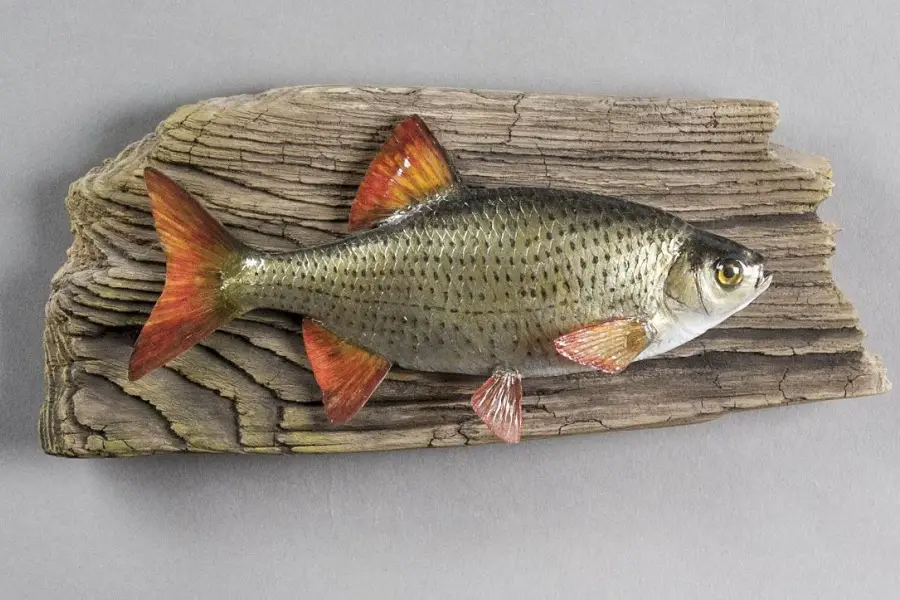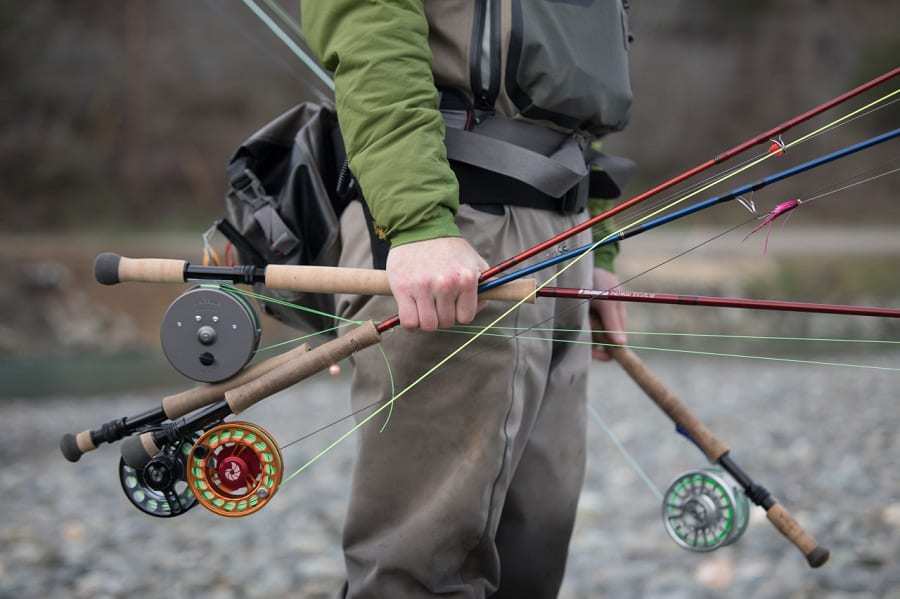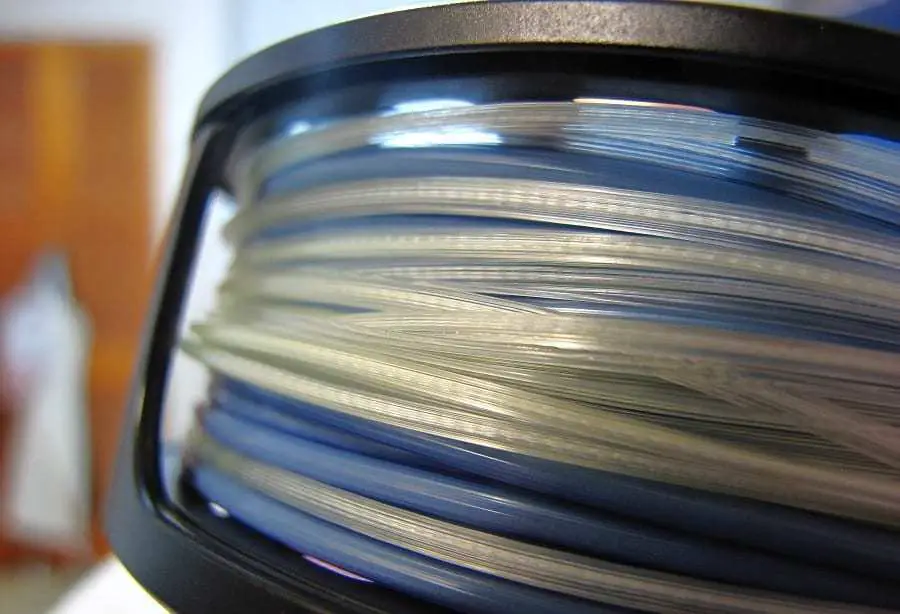(This is a guide to how much it costs to taxidermy a fish, along with information on the process, and advice on how to go about it. Essentially, how to get your fish mounted.)
Have you ever caught a fish, and you’re so proud of it that simply posing with it for a photo isn’t enough?
Have you ever wanted to be able to have that fish on display, in your home, as a trophy for your success? Well, a lot of people actually do this by mounting their fish, through taxidermy, so that they can have it on display as a trophy forever.
Kind of like the fish version of having a stag’s head on the wall, you know?
It might seem like an obscure service or a complicated process, but it’s actually fairly common, and rather simple.
There are many taxidermy services available in most places around the world, and all you need to do is contact them, get quoted for a price, and follow their instructions!
But…how much is it going to cost you to taxidermy your fish? Is it expensive? Is it even worth it? And how do you go about it?
Well, we can tell you all about the cost of taxidermy for a fish, and can also answer any questions about the process, and how to go about it, so that you have a better idea of what to do.
Does that sound good? Then let’s get right into it!
The average price of taxidermy for a fish
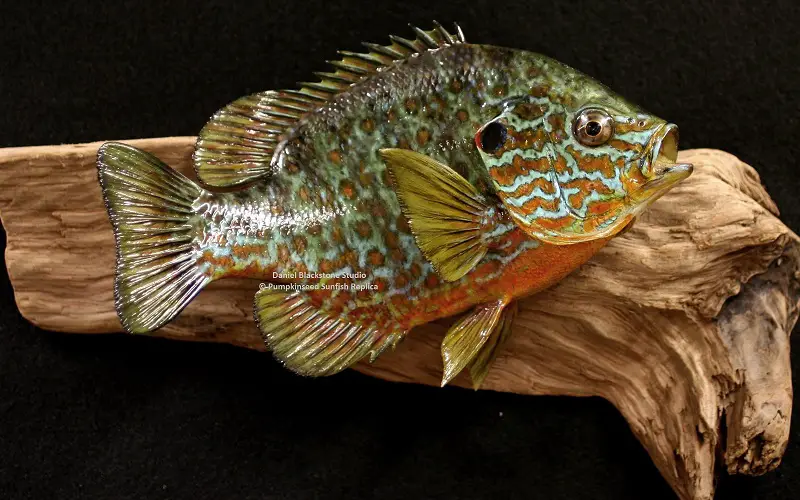
Let’s start by telling you the average price of taxidermy so that you have an idea of the standard cost. Of course, the actual price will then vary depending on many different factors, which we will cover in the following section.
On average, it will cost you between $10 to $20 for every inch of the fish that you want to taxidermy. (Yes, taxidermy is most often priced per size).
And in fact, the average changes depending on the exact species of fish, as some are cheaper than others when it comes to taxidermy.
Here are some of the most common fish with their average taxidermy prices per inch:
Bass ($11 to $15 per inch), Walleye ($11 to $15 per inch), Pike ($11 to $15 per inch), Trout ($14 to $18 per inch), Salmon ($14 to $18 per inch), Tarpon ($15 to $20 per inch), Billfish ($15 to $20 per inch).
Replica mounting, regardless of the species of fish, tends to have an average cost of between $10 to $16 per inch.
Factors that affect the price of taxidermy for a fish
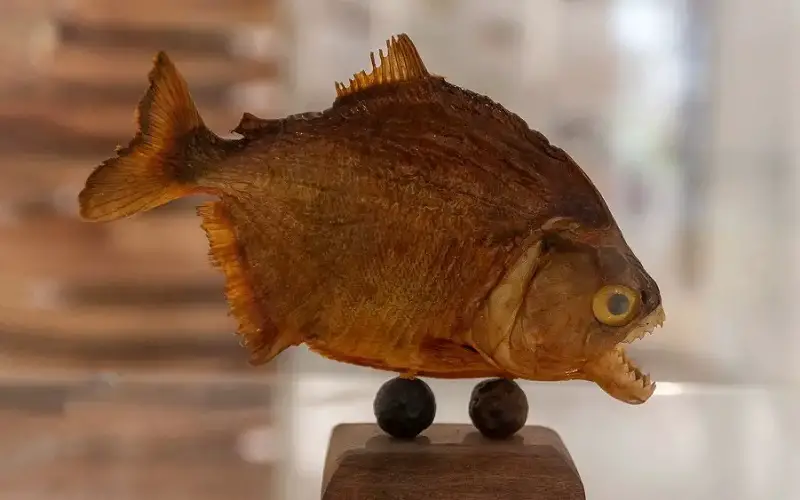
Having an idea of the average price is very important, but it is equally important to understand the different factors that will affect the exact final cost of the procedure. Here are some of the main factors to keep in mind:
The size of the fish
As you might have guessed, the price of the taxidermy depends on the size of the fish, as the costs are done per inch, and not for the whole fish. So the bigger the fish, the more it will cost to taxidermy.
The species of fish
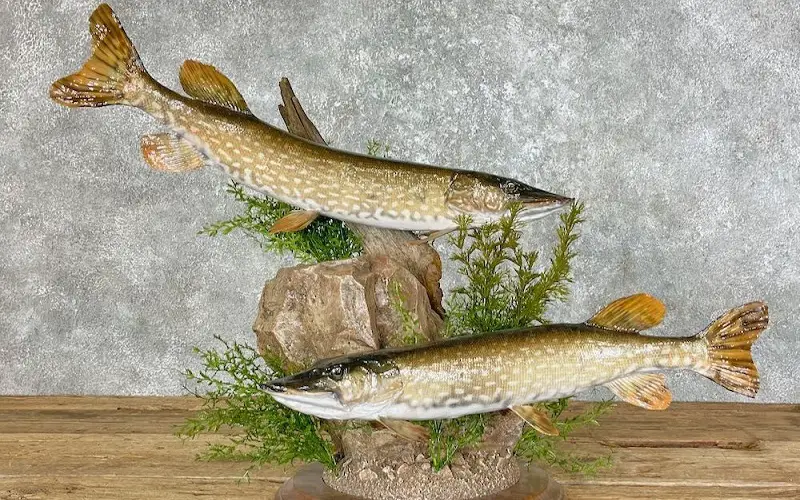
Some species of fish are more expensive to taxidermy than others, due to the difficulty of the procedure. As a general rule, fish are placed in one of three main categories:
- Warmwater fish (an average of $11 to $15)
- Coldwater fish (an average of $14 to $18)
- Saltwater fish (an average of $15 to 20)
Coldwater and saltwater fish, as you can see, are more expensive on average, and this is because their skin is oilier and therefore they take longer to dry, so the process takes up more time.
The taxidermist
Different taxidermy services will have different prices, and it is up to you to choose which one you go to. However, keep in mind that the more expensive the taxidermist is, the more trustworthy, and usually the better quality the result will be.
If you go for something very cheap, you can expect the result to be equally cheap, and not as professional. Look for a good balance in the middle!
The minimum charge
Some taxidermy services have what is known as a minimum charge so that no matter how small the fish is, they are getting a minimum amount of money for the job.
Keep this into account, as a large minimum charge means the taxidermy will cost a lot more if your fish is on a small size!
Skin mount taxidermy Vs replica taxidermy
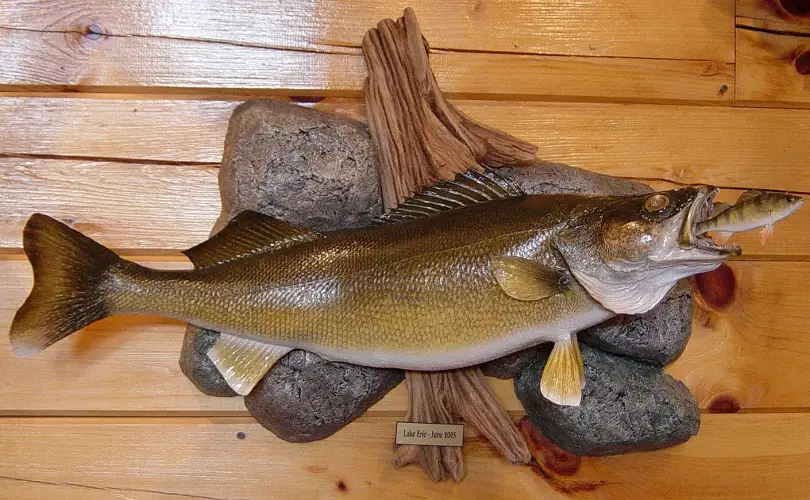
If you want to have your fish mounted and on display, there are two different taxidermy methods you can choose from:
Skin taxidermy
This method is all about removing the skin of the fish, along with the head and tail, and then wrapping these around a foam mold that will allow them to maintain their original size and shape.
So you are essentially removing the main parts of the fish, and the skin, and reassembling them on top of a foam mold. This means you have real parts of the fish on display.
Replica taxidermy
With replica taxidermy, a 100% artificial replica of the fish you want mounting is created, without using any of the actual parts of the real fish.
So you just provide an image of the fish, and the exact measurements and a replica are created. No need to provide the carcass itself.
Nowadays, both types of taxidermy look very similar, so appearance-wise, there won’t be much of a difference. The replica really does look real, despite being artificial!
Some believe that skin taxidermy holds more value, as it contains actual parts of the fish you caught, and is, therefore, more of an honest trophy, while the replica is simply a model of the fish that you caught to remind you of the success.
But, of course, the one you choose is completely up to your personal preference!
The process for getting your fish mounted
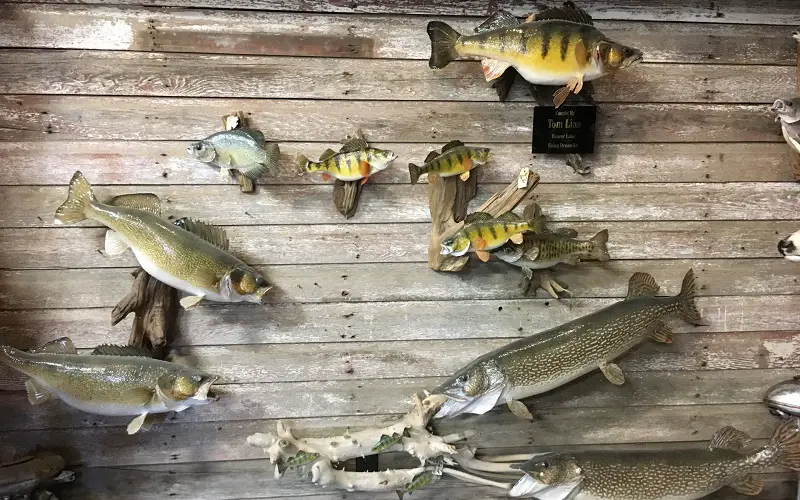
If you want to get your fish mounted, you can choose between skin taxidermy or replica taxidermy, and you also then need to choose the taxidermist for the job. But once all of that is decided, what is the actual process of going about it?
We’ll give you the step-by-step guide, for each of the two taxidermy methods:
Skin taxidermy
- Start by rinsing the fish so that it’s nice and clean.
- Wrap the fish up in a moist towel, or similar.
- Place the wrapped fish in a plastic bag, and seal it shut. (You can do this with some tape)
- Place the bag with the fish inside the freezer, carefully.
- Keep the fish in the freezer for around 2 days, so that you make sure that it is completely frozen.
- Contact the taxidermist and send over the frozen fish! Make sure to use a courier service that is able to handle frozen items, so that it doesn’t unfreeze along the way!
Replica taxidermy
- Take full measurements of the fish after you catch it, length, girth, and any extra you think might be needed.
- If possible, weigh the fish too!
- Take pictures of the fish, as many as you can, from every possible angle. The more pictures, the more accurate the replica will be.
- Contact the taxidermist and send over all of the measurements and photos, usually over email.
How long does it take to get your fish mounted?
Once you send off the necessary things to the taxidermist, all you have to do is wait. But how long does it take for you to get your fish mounted?
It actually takes quite some time, as taxidermy is a delicate and careful process!
On average, it can take between 2 months to a year! Most services have a standard turnaround time of 1 year, but some offer priority jobs so that you pay extra to get it completed faster.
The reason why it takes so long is that first the fish has to completely dry, and this takes several weeks or months.
And then, the taxidermist has to carefully work with the parts of the fish, removing the skin and such, or create an artificial replica that is as accurate as possible. It’s a lot of precise work, and you can’t rush quality!
References:


